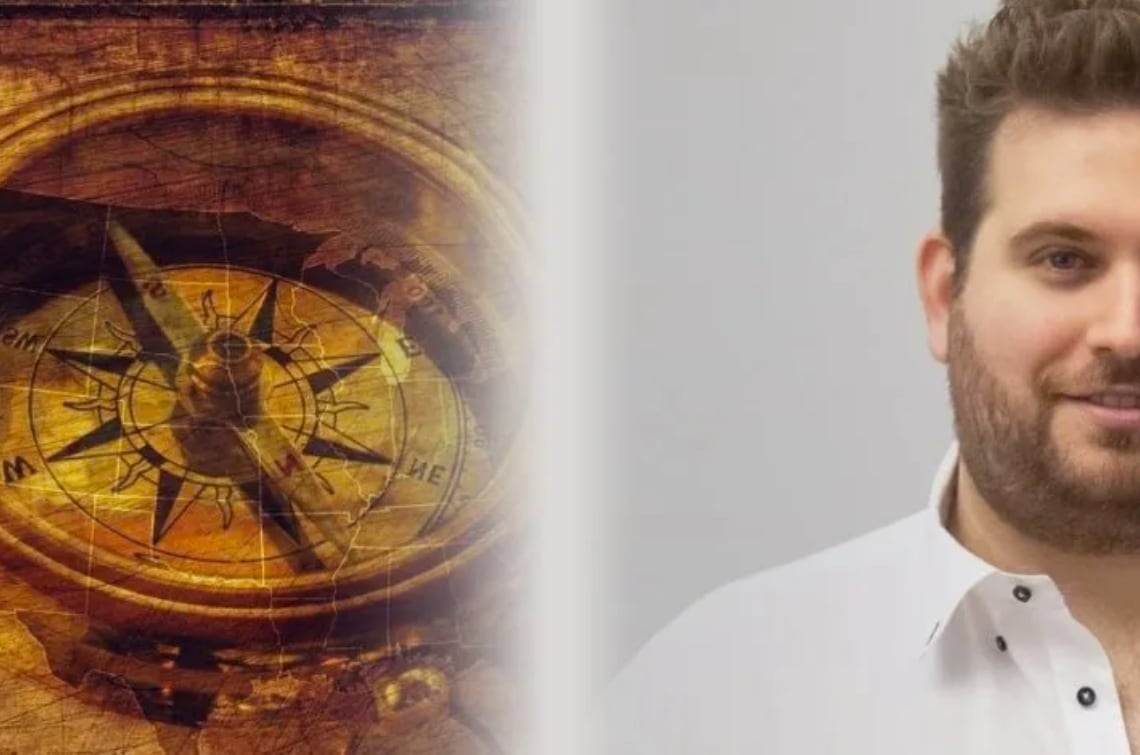Article index
Destabilization in singing how and why ...
Dear diary,
I think the time has come to tell you what we discovered in our research adventure. After finally finding all the professional singers for this study, the time has come to destabilize them.
The request was very simple: "bring us a piece of song where you particularly struggle, where the resulting result is variable and not constant".
The limits imposed by an elaborate of thesis, especially conditioned by the need to conclude the study in useful times for the degree session, have forced us to select only some sensory inputs to be disturbed and only some exercises.
However, this did not discourage us and indeed allowed us to dwell even more on the details and small details, highlighting aspects that in front of too many data would have been able to escape.
Certainly the methodology with double camera of different angle and the audio recording of all production has however represented a great challenge in the reworking and analysis of the data.
Why have they destabilized and what stimuli have been used?
 The selected destabilizations have understood kinesthetic, auditory, visual and aptic proprioceptive stimuli.
The selected destabilizations have understood kinesthetic, auditory, visual and aptic proprioceptive stimuli.
The first positive response and which immediately borne us was the immediate feedback from the singers who participated in the experiment. There are those who have found themselves better with one exercise rather than with another, but in any case everyone has reported at least in one exercise a clear and evident improvement. This obviously could not be enough, because if you want to try to attribute a scientific rigor to an experiment of this type, it is necessary to rely on objective data.
Each registration was therefore analyzed and the data obtained were compared between the version with and without destabilization.
However, given that the tools available to date cannot return an artistic value and a real performative efficacy, we also wanted to consult two singing teachers and a speech therapist, subjecting them to listening hours and a qualitative evaluation of the results, trying to avoid any conditioning.
Also in this case the response was very positive, and often in concordance with the feedback reported by the singers themselves.
In light of these results, all video recordings were examined to try to steal and highlight those differences in behavior, reflections and more or less voluntary responses that may have influenced the success of the experiment in positive or negative.
Finally, from the objective data, a statistical analysis has been obtained, thanks also to the help of Dr. Erennio Natale , from which significant evidence of improvement related to the primary sensoriality of the subject and its possible destabilization emerged, with a particular general and statistically significant improvement As regards the aptical destabilization.
Conclusions
This study has rested the foundations for a wider research work that I hope will soon come to life, and in the light of the critical issues and strengths highlighted we hope to give more meaning to these methodologies applied for years by M. Albert Hera, and who saw a first partial confirmation of their effectiveness from a scientific point of view.
The narrative of this small story of the thesis with the point, and at the same time of personal rediscovery, defined as nicely "logodiario" ends here. It was an experience of great personal, professional and continuous growth for me, because behind a job of this type the doubts and uncertainties, the gratitude and responsibility towards the many people involved, could not leave room for hesitations and fears.
However, I trust to keep you company with new and curious articles on the world of voice, singing and speech therapy. To the next adventure.
Read also the article: balance in singing a continuous search








